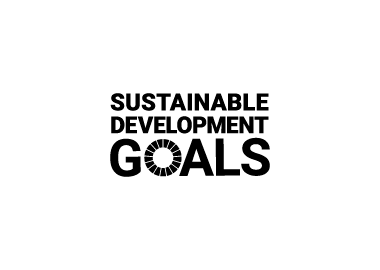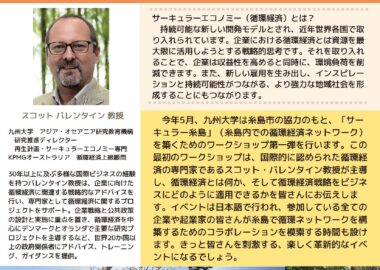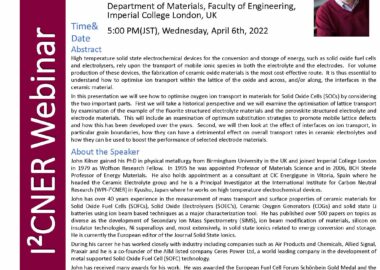Hydration doubles oxide-ion conductivity in Ba7Nb4MoO20, a promising material for low-temperature solid oxide fuel cells
Professor Hiroshige Matsumoto
International Institute for Carbon-Neutral Energy Research Advanced Energy Conversion Systems Thrust
Hydration significantly boosts ion conductivity in Ba₇Nb₄MoO₂₀, a promising ceramic electrolyte candidate for low-temperature solid oxide fuel cells. But its origin and mobile ionic species were unresolved issues. Researchers at Institute of Science Tokyo found that exposure to water vapor enhances oxide-ion mobility by increasing interstitial oxygen ions, nearly doubling the oxide-ion conductivity at 500 °C. The findings of this study could advance the development of efficient and durable fuel cells for clean energy applications.
Fuel cells generate electricity by combining hydrogen and oxygen, producing only water as a byproduct. Once used to provide power and drinking water for space missions, fuel cells are now being explored as a source of low-emission energy. Fuel cells are classified by the type of electrolyte used; each type has specific advantages and drawbacks. One category includes solid oxide fuel cells and proton ceramic fuel cells, which use ceramics as electrolytes. These fuel cells operate at high temperatures—as high as 1,000 °C—eliminating the need for expensive precious metal catalysts. However, high temperatures also accelerate material degradation; therefore, it is crucial to develop highly conductive electrolytes at lower temperatures.
A recent study led by Professor Masatomo Yashima at Institute of Science Tokyo (Science Tokyo), Japan, in collaboration with researchers from Imperial College London and Professor Hiroshige Matsumoto of Kyushu University’s International Institute for Carbon-Neutral Energy Research (I²CNER), highlights Ba₇Nb₄MoO₂₀ as a promising electrolyte material. The team found that the material’s oxide-ion conductivity and diffusivity significantly improved when exposed to water vapor, offering a pathway toward more efficient, lower-temperature fuel cells. The findings were published online on July 18, 2025, in the Journal of Materials Chemistry A, where the paper was selected as a HOT Paper in honor of its impact and contribution.
The full release can be found here: https://www.isct.ac.jp/en/news/0j40bjd2lx1p
Research-related inquiries
Hiroshige Matsumoto, Professor
International Institute for Carbon-Neutral Energy Research Advanced Energy Conversion Systems Thrust
Contact information can also be found in the full release










